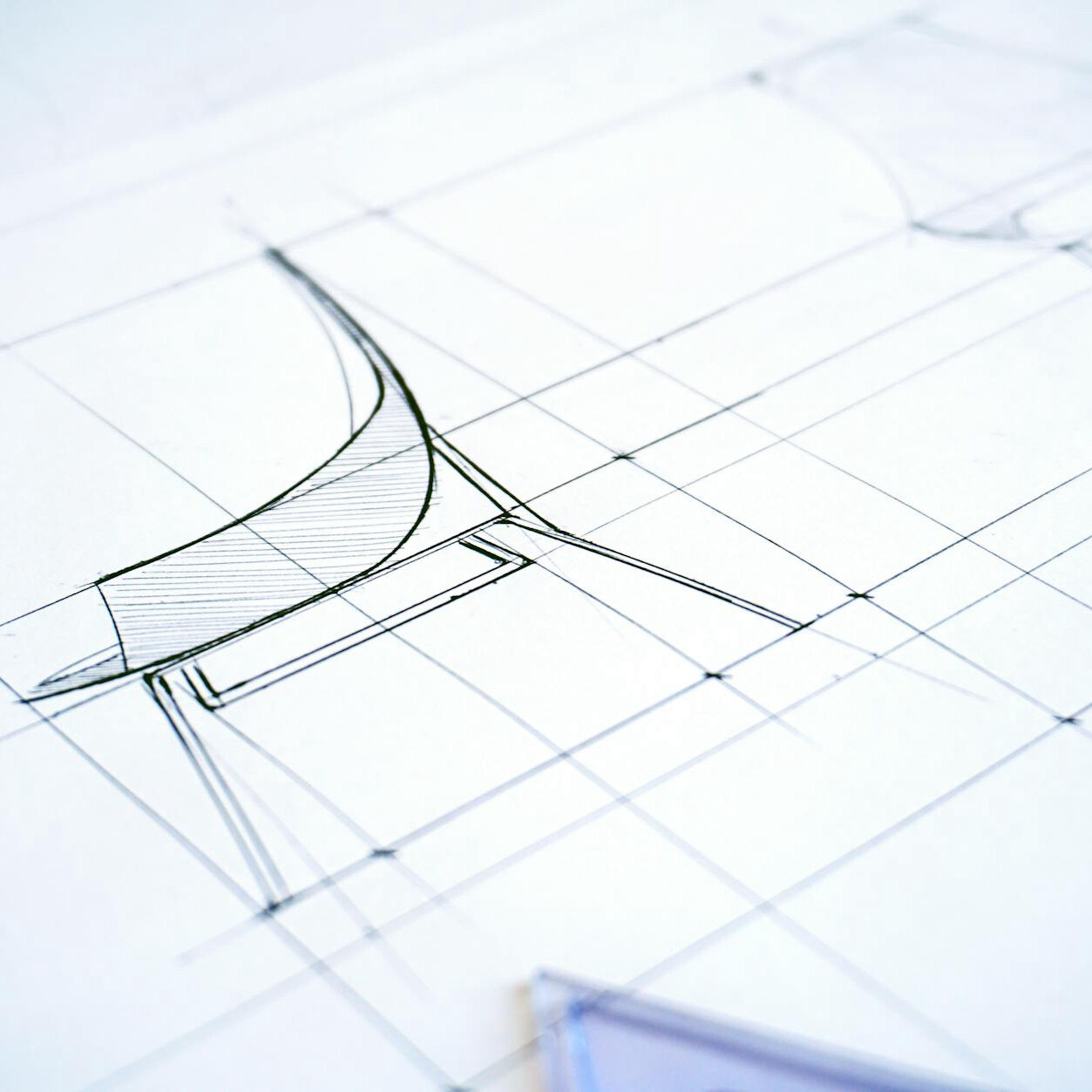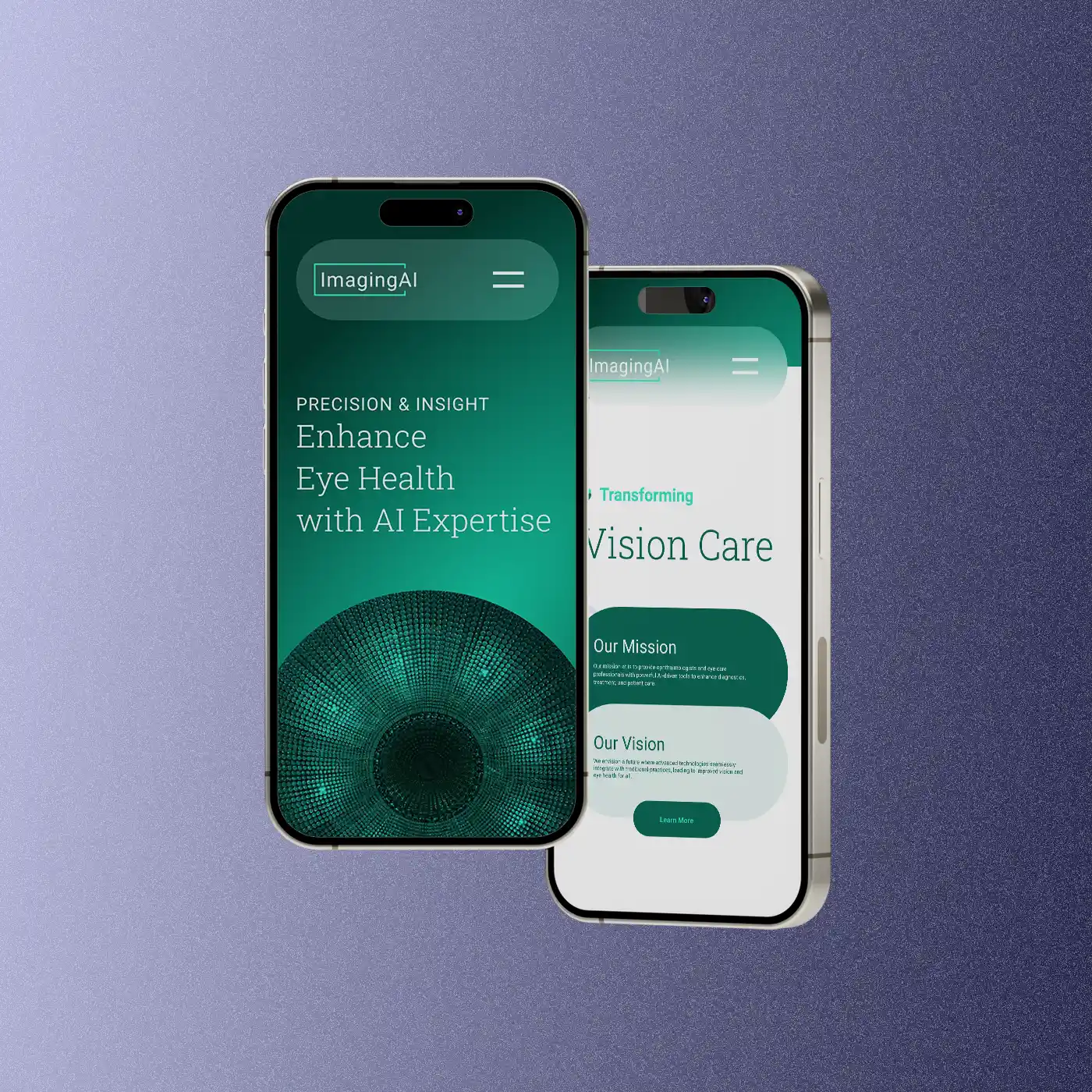Unlocking Design Potential with Data-Driven Design
Businesses rely heavily on data to make informed decisions, and the field of design is no exception. The use of data in design has given rise to a design approach known as data-driven design. The field of UX design is no exception, and the use of data in interface and experience design has given rise to what is commonly known as data-driven design.
Data-driven design is an approach to design that relies on empirical evidence and data to inform design decisions. It involves collecting and analyzing data about users, their behavior, and their preferences, and using this information to create more effective and user-friendly designs.
One of the key benefits of data-driven design is that it helps designers to create designs that are tailored to their users’ needs. By gathering data about users, designers can gain insights into what they want, what frustrates them, and what they find appealing. This information can then be used to create designs that are more likely to meet their needs and expectations.
Data-driven design also helps designers to measure the effectiveness of their designs. By collecting data about user behavior and interaction with a design, designers can gain insights into how well the design is working and identify areas for improvement. This enables designers to make data-driven decisions about how to refine their designs, leading to better outcomes for both users and businesses.
Another advantage of data-driven design is that it can help businesses to save time and money. By using data to inform UX design decisions, designers can avoid the trial-and-error process that can be time-consuming and costly. Instead, they can make informed decisions that are more likely to result in successful designs.
However, it’s important to note that data-driven design is not a silver bullet. While data can provide valuable insights into user behavior and preferences, it’s important for designers to also rely on their expertise and intuition. Data should be used to inform design decisions, but not as the sole determinant of those decisions.
Key Elements of a Successful Data-Driven Design Process
- Collect and analyze data about users, their behavior, and preferences.
- Use insights from data to inform design decisions.
- Create designs that are tailored to users’ needs and preferences.
- Measure the effectiveness of designs through data analysis.
- Refine and improve designs based on insights from data.
Takeaways
Data-driven design is an approach to design that leverages data to create more effective and user-friendly designs. By gathering and analyzing data about users, designers can gain insights into their needs and preferences, measure the effectiveness of their designs, and make informed decisions about how to refine their designs. While data-driven design is a valuable tool, it should be used in conjunction with designers’ expertise and intuition to create the best possible designs.
Related Articles
The Importance of Grids in Design
July 12, 2024
Design Systems and AI Technology
April 9, 2024



